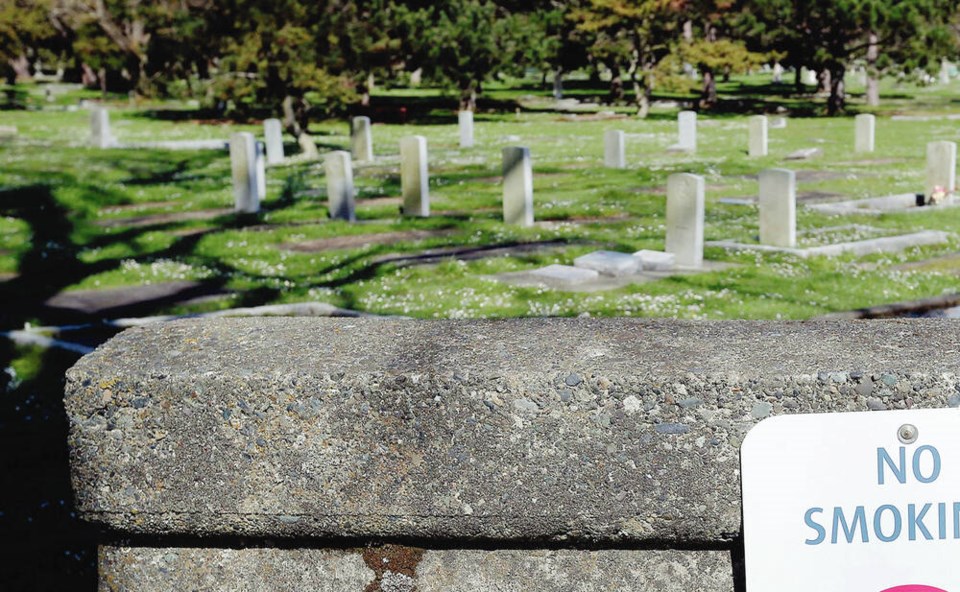Recently, I have been discussing the large-scale changes we need to make in the face of the eight critical shifts identified in the UN Environment Programme (UNEP) report Navigating New Horizons. Those changes are a focus on intergenerational equity; a new social contract that reinforces shared values about how we relate not only to each other but to nature; and focusing on and measuring wellbeing rather than just the economy.
While this might all seem large-scale and global — as indeed it is, given this is a UN report — the final critical shift identified is toward polycentric and diffused governance. In discussing this, the report identifies a “signal of change” that brings it all back to the local level: Local, network-driven resilience.
“Frustrated by the failures of national governments and enabled by digital technologies,” the report notes, “networks of local communities become the primary driving force behind global actions to increase resilience.”
The report goes on to note: “Cities and communities have an essential role in achieving sustainability transitions. They are often places of learning, innovation and creativity, enabling the potential for systemic change at the local level.”
It is worth remembering that while there is only one federal government, 10 provincial and three territorial governments, there are more than 5,000 municipalities in ÎÚÑ»´«Ã½, according to Statistics ÎÚÑ»´«Ã½. This means there are many more opportunities for innovation and creativity at the local level, something that I have seen and been part of in my public-health career.
It was local governments that led the charge — well ahead of the federal and provincial governments — on regulating smoking in public places and in taking action on climate change, to name but two examples.
Part of the advantage local governments have, to quote the Vinyl Café, is that they may not be big, but they are small. This often means they lack resources and have to do more with less, but that can trigger creative responses. Moreover, local governments, because they are smaller, can be more agile — their bureaucracies are smaller.
In addition, local governments are closer to the citizenry, and both the civil servants and political representatives and their families and friends are likely to be living in the place where their decisions have effect, which could have a beneficial impact on their decision-making.
This is not to say that local governments are always agile, efficient and effective, just that the potential is there. Nonetheless, the UNEP report talks about “promoting agile, adaptive governance, which puts an emphasis on empowering communities and fostering innovation across society, while using long-term targets and visions to guide these dispersed processes.”
So what would that mean locally? Well, a place to begin, I suggest, is to create a shared vision of our shared future. What would the Greater Victoria Region be like if collectively we lived within our planet’s ecological boundaries while ensuring that everyone thrives and achieves the fullest potential they are capable of?
If we could jointly craft such a vision — a vision of a ‘One Planet’ wellbeing community — that could inspire decades of work together.
I know this can work, because I have seen it, and indeed have helped make it happen. I recall in particular the vision workshop I facilitated in 1991 for Woolwich Healthy Communities, a rural community of 23,000 people in the region of Waterloo. Thirty-three years later, WHC remains active, inspiring and coordinating a wide variety of activities focused on quality of life and the local environment.
Crafting such a vision will require a joint effort of all sectors of our community — public, private and civil society organizations and citizens from all walks of life. Given the UNEP report’s focus on intergenerational equity, it will be particularly important to ensure young people have a strong voice. After all, it is their future we are talking about.
But creating a shared vision together is just the beginning; it can be a model for “the active participation of individuals and groups in the decision-making processes that affect their lives” that the UNEP report calls for.
Next week I will look at what a new social contract might mean locally, one that includes nature, and what it means to measure wellbeing locally.
Dr. Trevor Hancock is a retired professor and senior scholar at the University of Victoria’s School of Public Health and Social Policy
>>> To comment on this article, write a letter to the editor: [email protected]



